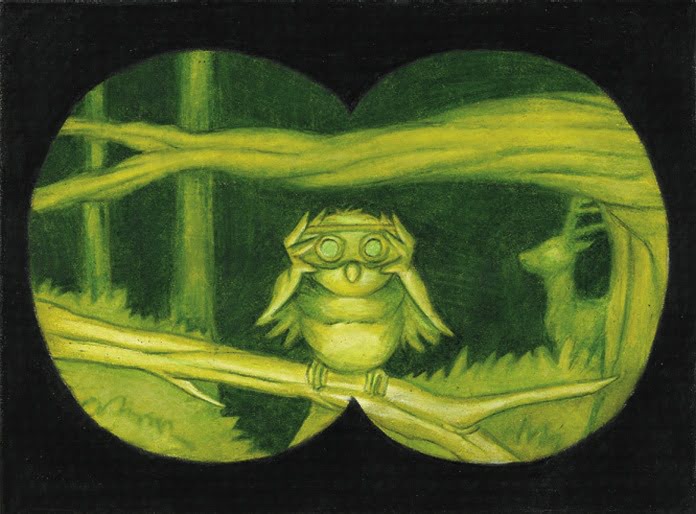For their biannual migrations, songbirds use both the stars and the Earth’s magnetic field for navigation in the dark. Spurred by recent discoveries that birds have specialized molecules in their brains that translate magnetic compass information into visual cues, researchers from the University of Oldenburg in Germany and Duke University Medical Center in Durham, N.C., guessed that night migrators must have an area of the brain dedicated to night vision.

Experiments with four types of songbirds -- two night migrators and two nonmigrators -- confirmed this hypothesis. Under simulated moonlight conditions, the migrators showed marked activity in a cluster of cells on the visual pathway at the dorsal surface of the brain. This area did not activate in them under daytime conditions, nor was it active in the nonmigratory birds. Moreover, when migratory birds’ eyes were covered under the night conditions, the activity was dramatically reduced. The researchers presented their work in the May 31 issue of PNAS.
Demonstration of a specific avian night-vision area indicates that a “birdbrain” could be more sophisticated than previously thought.